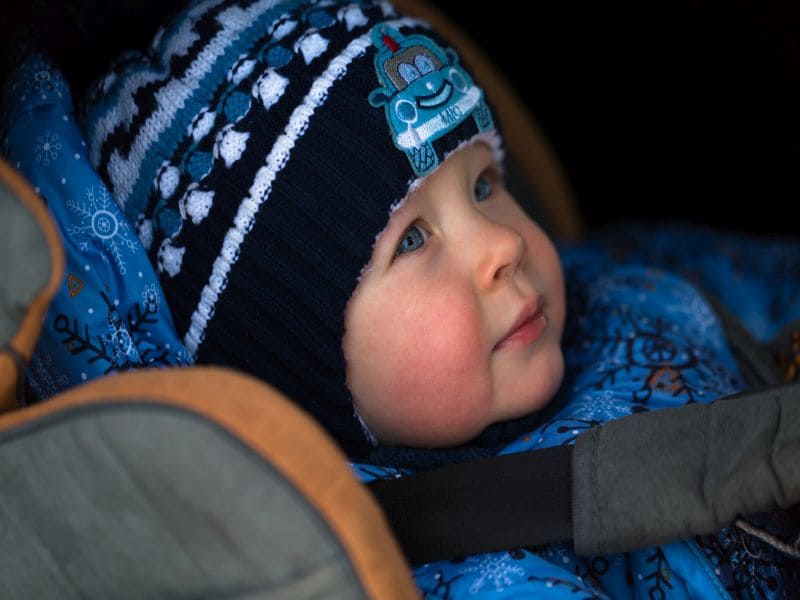THURSDAY, Aug. 30, 2018 (HealthDay News) — Kids should ride in rear-facing car safety seats until they reach the highest height and weight their seat can hold, a leading pediatricians’ group now says.
The previous advice from the American Academy of Pediatrics was to stop using a rear-facing seat when a child was 2 years old.
“Fortunately, car seat manufacturers have created seats that allow children to remain rear-facing until they weigh 40 pounds or more, which means most children can remain rear-facing past their second birthday,” policy statement lead author Dr. Benjamin Hoffman said in an AAP news release.
“It’s best to keep your child rear-facing as long as possible. This is still the safest way for children to ride,” Hoffman added. He’s chairman of the AAP Council on Injury, Violence and Poison Prevention.
Once kids outgrow a rear-facing seat, they should use a forward-facing safety seat with a harness until they reach its height and weight limits. Many seats can hold kids up to 65 pounds or more.
After that, children should use a belt-positioning booster seat until the vehicle’s lap and shoulder belt fits properly. This is typically when they reach 4 feet 9 inches in height and are 8 to 12 years old.
Using the right seat reduces a child’s risk of death or serious injury by more than 70 percent. Use it on every car ride, Hoffman said.
Car crashes are a leading cause of death for children, claiming four kids under age 14 every day during the last 10 years, he said.
“We hope that by helping parents and caregivers use the right car safety seat for each and every ride that we can better protect kids, and prevent tragedies,” Hoffman said.
When children are old enough and big enough to use the vehicle’s own restraints, they should always use lap and shoulder seat belts. For best protection, all children under age 13 should sit in the rear seat of a car.
The updated policy statement was published online Aug. 30 in the journal Pediatrics.
More information
The U.S. National Highway Traffic Safety Administration has more on child safety.
Copyright © 2024 HealthDay. All rights reserved.

